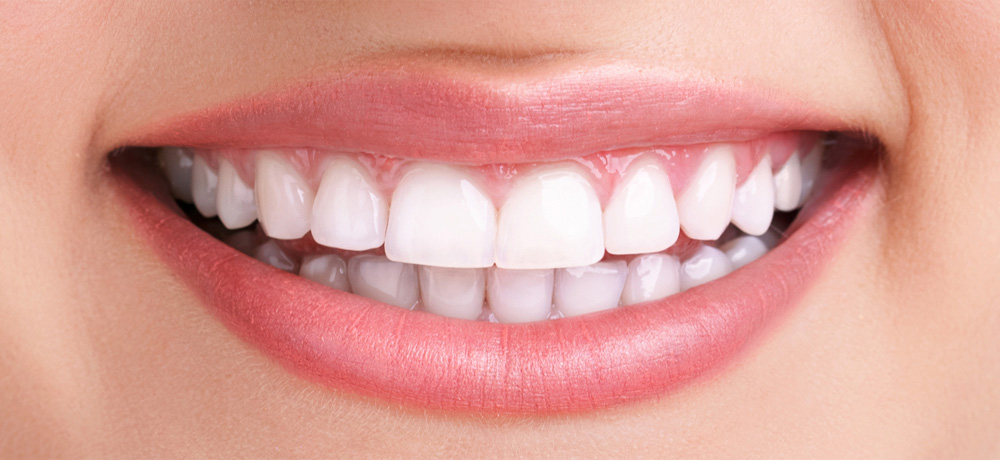Table of Contents
ToggleA dental emergency can strike fast. One moment you are biting into dinner, and the next you feel sharp pain or realize a tooth is missing. These moments can leave you scared or unsure of what to do next. Acting quickly in a dental emergency matters. If you wait, pain and infection can get worse. If you move too fast without the right steps, you could make the problem harder to fix. Many people face toothaches, broken teeth, or swelling at some point. Knowing clear steps can make a real impact. Having an emergency dentist ready means you are not alone when trouble starts.
Recognizing a Dental Emergency
You need to know what counts as a dental emergency. Not every ache means you must rush out the door. Some problems, though, cannot wait. Emergencies involve pain, bleeding, or broken teeth that need help right away. Quick help can save your tooth or stop the infection from spreading.
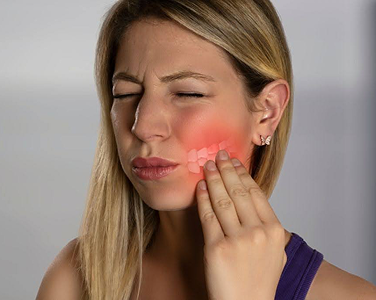
- Severe Toothache:Pain that will not quit may mean infection or something stuck.
- Knocked-Out Tooth: A tooth knocked out by an accident needs help within an hour for best results.
- Broken Crowns or Fillings: Broken dental work can expose your tooth and nerves.
- Uncontrolled Bleeding: Bleeding that will not stop is urgent and can be serious.
Common Types of Dental Emergencies
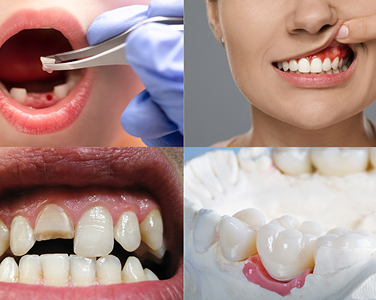
- Knocked-Out Tooth: This could be from a fall, playing sports, or an accident. Saving the tooth depends on fast action.
- Dental Abscess: Swelling, pain, and sometimes pus may point to an infection under your gums. This can spread if not treated.
- Fractured or Broken Tooth: Teeth can crack or break from biting down on something hard or injury.
- Lost Fillings or Crowns: Old dental work sometimes falls out, leaving your tooth sensitive.
- Severe Pain: If pain keeps you awake at night or stops you from eating, you may need help fast.
When to Seek an Emergency Dentist
Some small problems can wait. But do not risk your health. If you face one of these issues, home care is not enough:
- Pain that will not go away or gets worse
- Deep cuts inside your mouth
- Swelling around your mouth or gums
- Bleeding that does not stop after pressing on it
- Fully or partly broken teeth
Immediate Steps to Take During a Dental Emergency

Handling a Knocked-Out Tooth
- Hold the tooth by the crown (top), not the root.
- Gently rinse it with milk or clean water. Do not scrub or remove tissue.
- Try to fit the tooth back in the socket if possible. If not, keep it in your mouth next to your cheek, or store it in milk.
- Place clean gauze on your gum if bleeding, and press lightly.
- Get to a dentist within an hour.
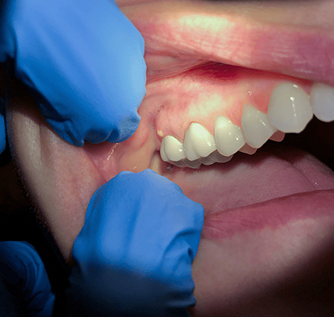
Managing Severe Toothache or Abscess
For severe pain or an abscess:
- Rinse your mouth with warm salt water to help with swelling.
- Use cold packs on your cheek for fifteen minutes at a time.
- Take over-the-counter pain medicine like acetaminophen.
- Do not put aspirin on the gums.
- Avoid hot, cold, or sweet foods.
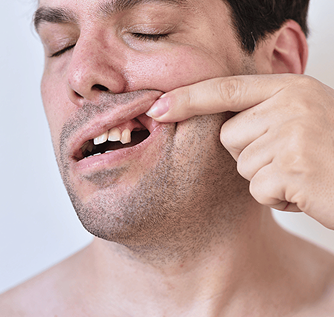
Dealing with Broken or Chipped Teeth
- Collect all pieces you can find.
- Rinse pieces and your mouth with warm water.
- Apply a cold pack to your face over the area to keep swelling down.
- Cover the sharp edge with dental wax (sold at most drugstores) if you have it.
- Eat soft foods until you see a dentist.

What to Do if a Tooth Needs Immediate Extraction
- Severe pain when biting or chewing
- Swelling that spreads past your mouth
- Tooth feels loose or is moving
- Pus or deep infection around the tooth
These signs mean the tooth may not be savable. Infection can travel to other body parts. Fast removal can stop pain and protect you from worse problems. If this sounds like you, learn about tooth extractions in Brampton and talk to a dentist soon.
The Bottom Line
Dental emergencies can feel sudden and scary, but fast action is key. Know what is normal and what needs quick help. Keep a dentist’s number handy so you do not have to guess during an emergency. Strong steps at home can help, but nothing replaces expert care. Calling your dentist when pain strikes or when teeth break means better chances for healing and less risk in the long run. When a dental emergency hits, act quickly and reach out for professional help. This gives you the best chance to keep your smile whole and pain-free.


